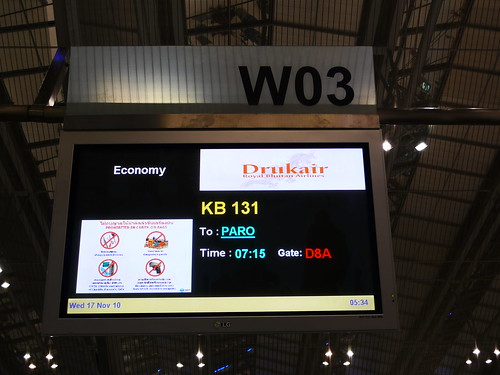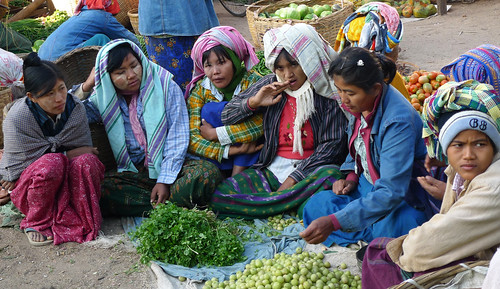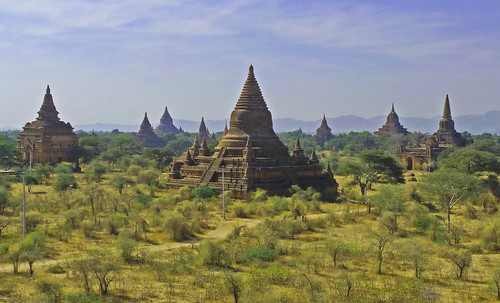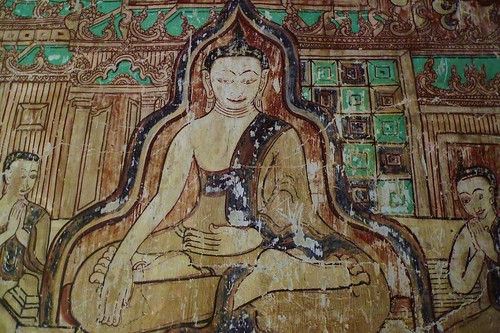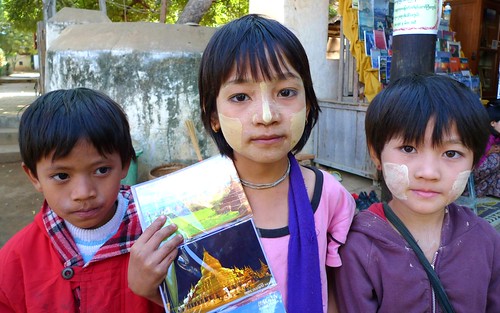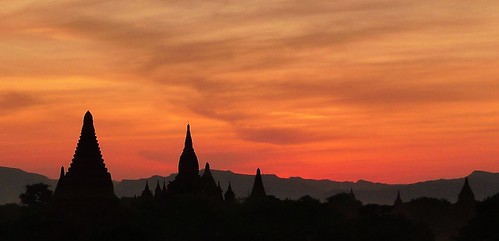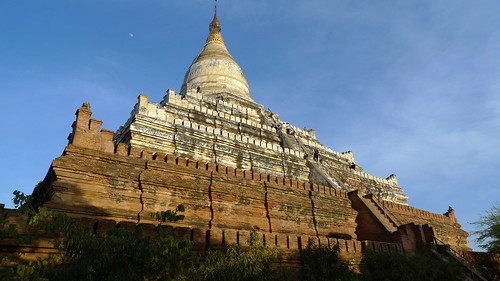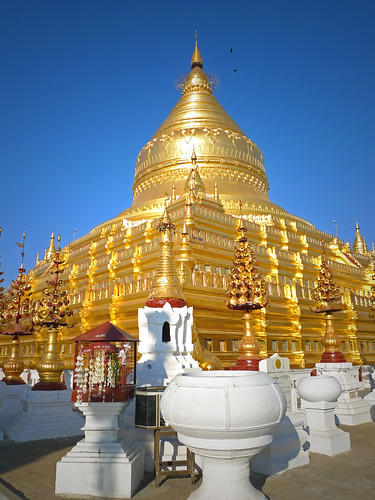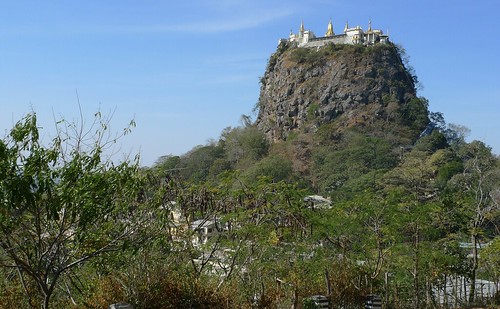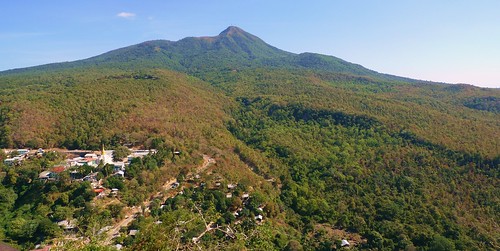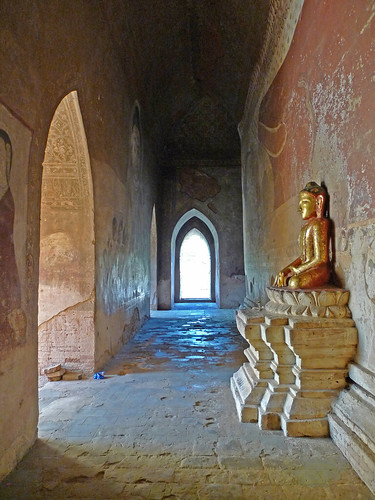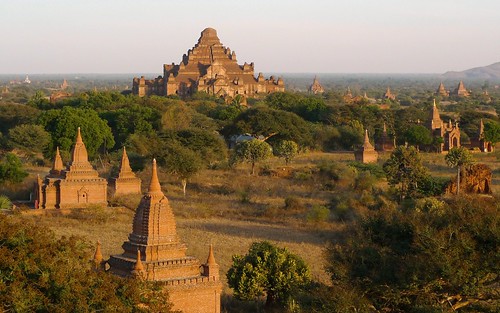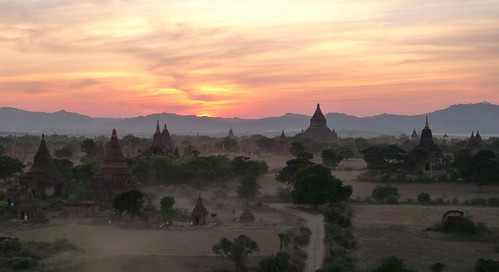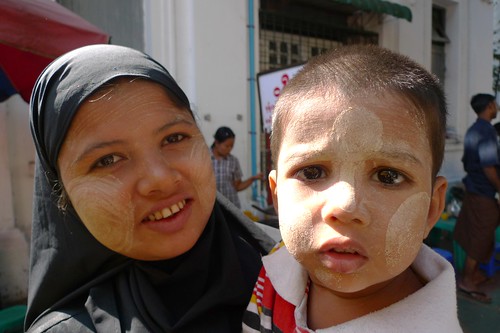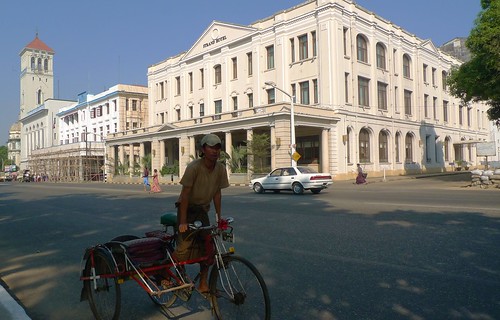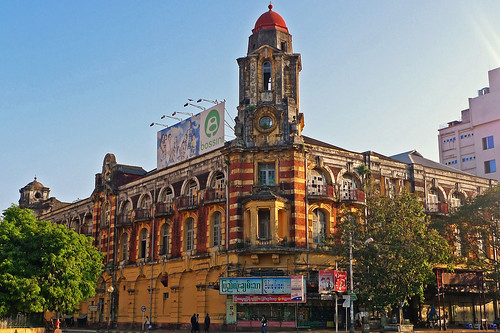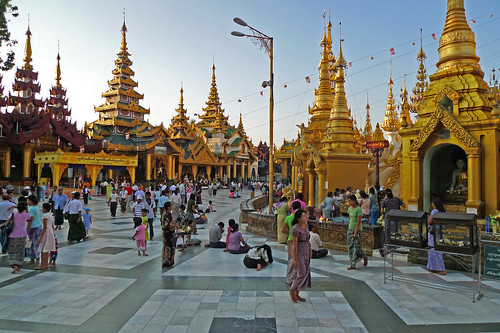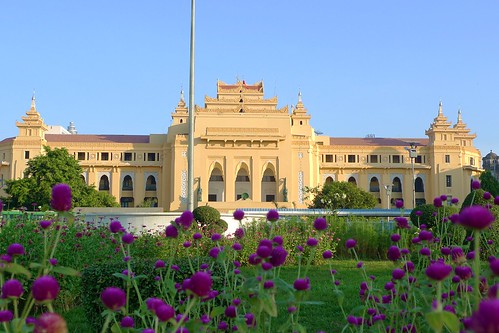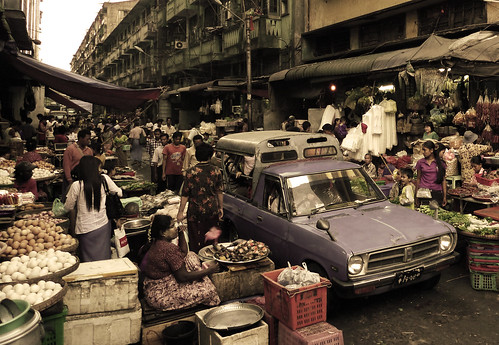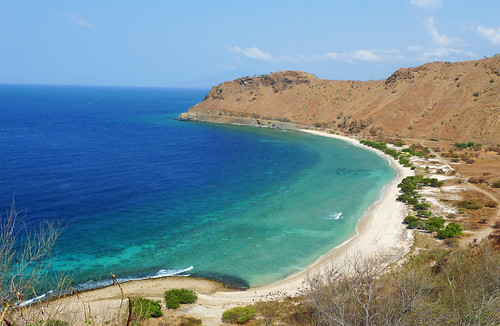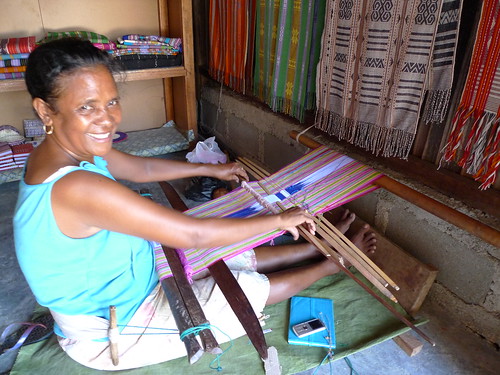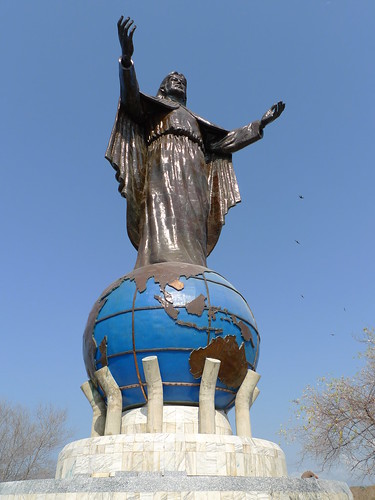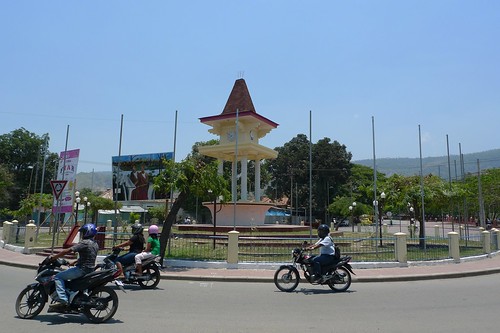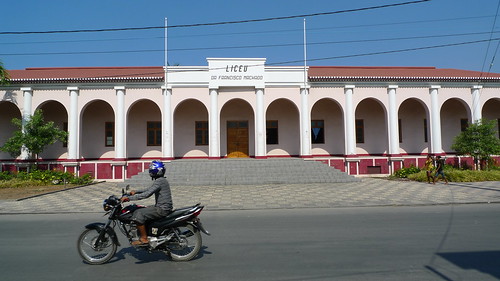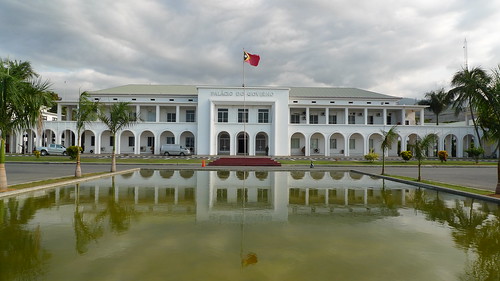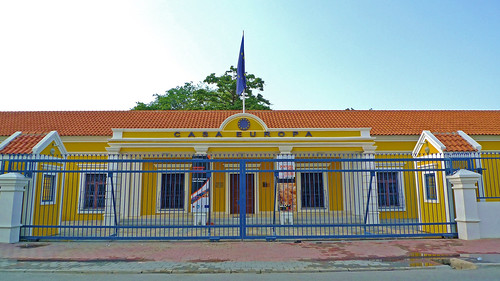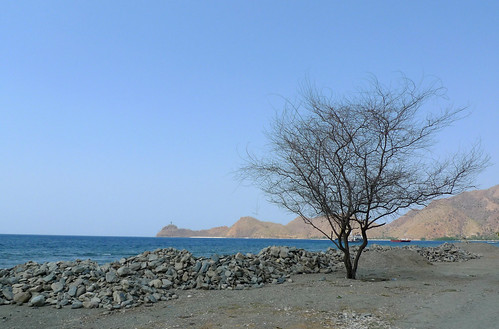It was still dark. The alam clock read 4:30AM. Having just arrived in Bangkok the night before from a roadtrip down to Udon Thani from Laos, my mind was still in a murky haze. My companions sleeping in the other bed seemed oblivious to the loud ringing sound emanating from my phone. This was the day we’re flying to Bhutan – the country famously isolated by the Himalayas, where Gross National Happiness is prioritized over economic growth and where the king famously abdicated voluntarily in order to initiate a move to a constitutional monarchy. We were all trying to catch an early morning flight to Paro – Bhutan’s only airport, aboard DrukAir, the only airlines that flies to Bhutan.
checked in at 5:30AM in the morning
Having been to several flights the days prior, my plan was just to go to sleep as the plane cruised its way past Burma, India and into Bhutan. But alas, the pilot made an announcement about Kangchenjunga (3rd highest mountain), and then Mt Everest being visible at the left side of the plane. I opened the window and there they were – a few snow-capped peaks towering above the clouds. It also meant that our approach at Paro Airport was coming soon. The plane descent into Bhutan that came fifteen minutes later has got to be the best plane landing ever – with the plane making 2 or 3 sharp turns during the final descent, evading mountains 5,000m above sea level across all directions and which are only a few meters away. Paro Airport is also one of the most scenic airports in the world, being in the middle of a relatively narrow valley in Western Bhutan….
